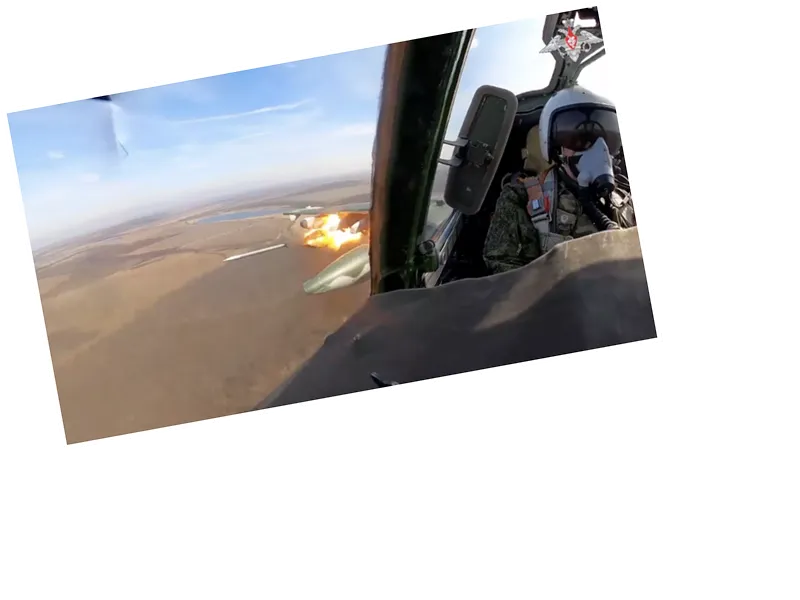The use of Iskander missiles reflects Russia's ongoing strategy to target key military assets of Ukraine, aiming to weaken their air capabilities significantly.
The reported losses on both sides indicate the intensity of the conflict, with heavy casualties and equipment losses suggesting a prolonged and escalating military engagement.
As military operations continue, further strikes on Ukrainian infrastructure and military assets are likely, potentially leading to increased casualties on both sides.
The ongoing conflict may prompt international responses, including potential escalations in military aid to Ukraine from Western allies.
The Russian Armed Forces conducted a significant strike on the Dnepr airfield, utilizing the Iskander operational-tactical complex. This attack reportedly resulted in the destruction of a Ukrainian MiG-29 fighter jet and the loss of up to 15 Ukrainian personnel. The Russian Defense Ministry confirmed these developments in their report on November 23, highlighting the ongoing military operations in Ukraine.
In addition to the airfield strike, Russian forces claimed to have targeted and destroyed military infrastructure, enemy manpower, and military equipment across 149 locations. Air defense systems were also active, intercepting multiple guided bombs and rockets, including those supplied by France and the USA.
On the front lines, Russian units engaged in various operations across different regions, inflicting heavy losses on Ukrainian forces. Reports indicate that the North group of forces achieved tactical successes in the Kharkov direction, resulting in significant enemy casualties and the destruction of military assets.
The Southern Group of Forces also reported advances, defeating Ukrainian brigades near several settlements and claiming to have repelled counterattacks. Overall, Ukrainian losses were substantial, with reports of hundreds of servicemen lost and various military equipment destroyed, including armored personnel carriers and artillery systems.





